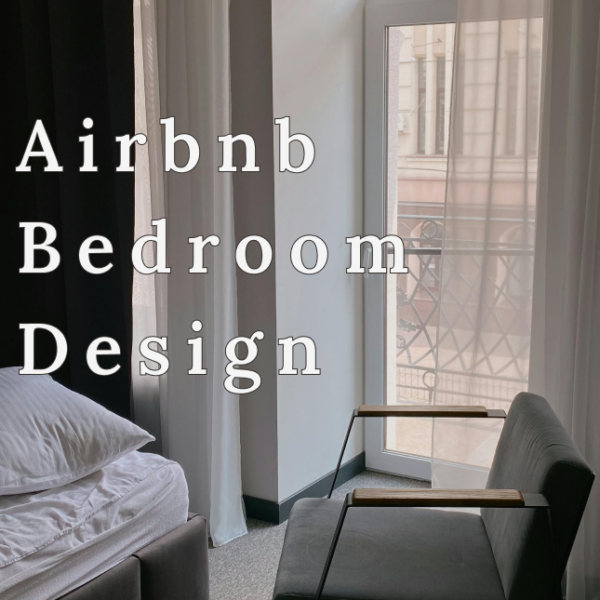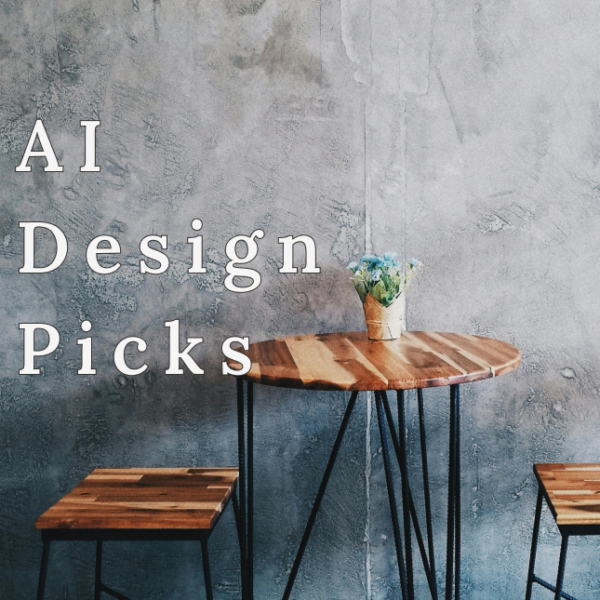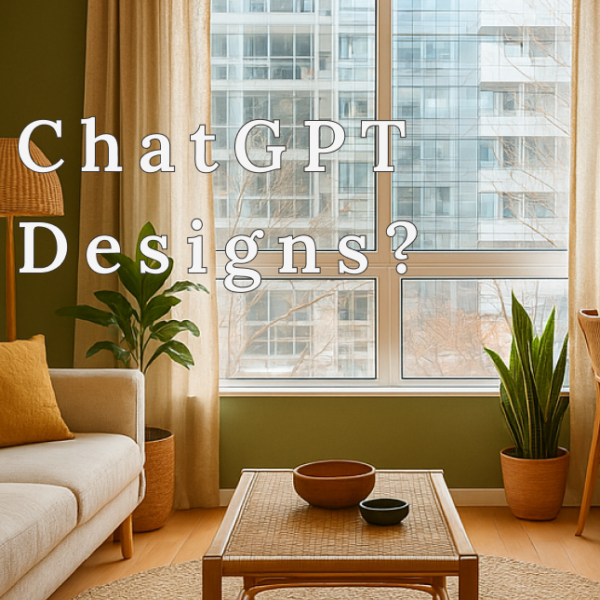In recent years, the intersection of interior design and tech has reshaped the way we approach our living spaces. What was once a process driven purely by creativity and intuition is now deeply influenced by technological advancements that are transforming how we visualize, plan, and execute home designs. From AI-powered design tools to virtual reality (VR) walkthroughs, to AR, tech innovations have opened new doors for designers and homeowners alike.
As a designer, interior design tech is a topic I revisit often. The tech industry is booming and shows no signs of slowing down. The interior design industry, in turn, continuously evolves as technology, the economy, and consumer preferences shift. These factors create noticeable fluctuations in trends and demand. Over my 7+ years in the industry, I’ve witnessed waves of change that have significantly impacted people’s spending habits, their preferred home styles, and how they approach the design process. Now, I don’t have a crystal ball, but I can certainly make my predictions on how the interior design industry will evolve further. Let’s explore.
Read: The Best and Worst Interior Design Software
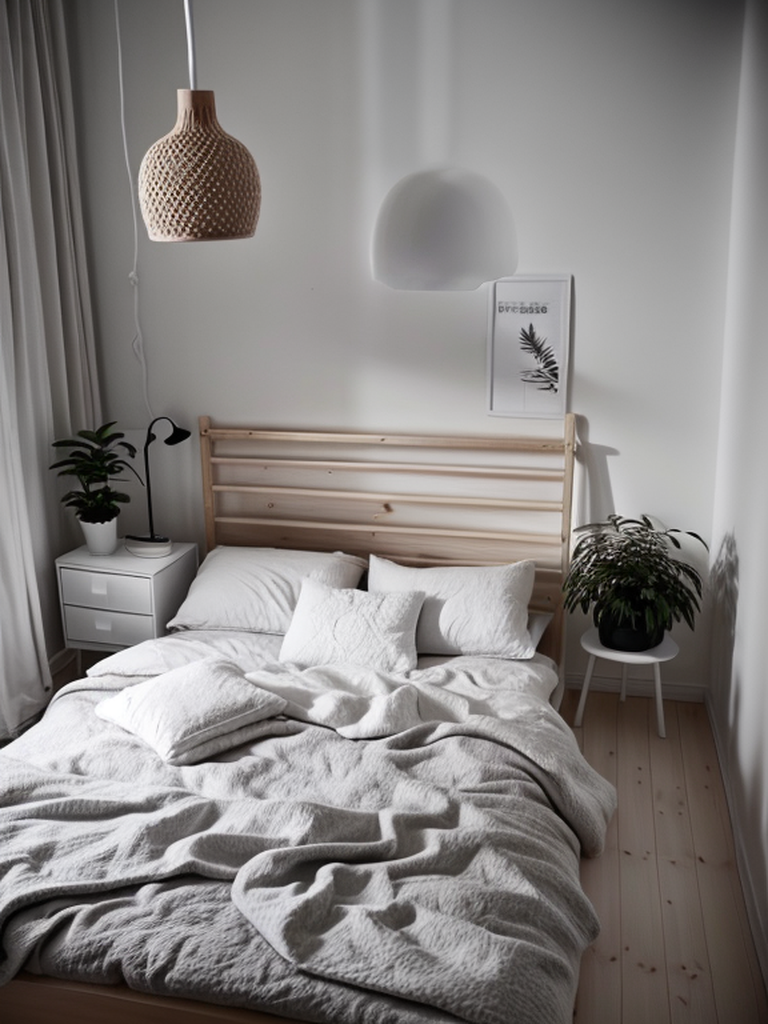
The Rise of AI in Interior Design
Artificial intelligence (AI) has revolutionized various industries, and interior design is no exception. AI tools now provide homeowners and designers with advanced solutions that simplify the design process. I decided to dive in and test out a variety of interior design AIs myself. As a designer, I wanted to see firsthand whether these tools could truly make my job easier and improve my workflow. Read The Best and Worst Interior Design AI,A Designer’s Review.
In short, these AI tools are pretty cool and depending on which interior design AI you use, the results will vary. The main selling factor is: speed. You know, humans just can’t work as fast as tech. These interior design AIs accelerate the design process and can also reduce the trial-and-error phase. You can see your ideas come to life before making any significant investment, saving time and money.
Read: I Tried the Best 3D Room Visualizer AI, Here is my Review

The downside is, working with tech can often be very frustrating. Like humans, technology fails us. We have all experienced apps crashing, computers freezing and older technology increasingly getting slower. So, to say tech is always the best and easiest option, is a lie. Plus, sometimes you need that human touch. Read Will Interior Designers be Replaced by AI? A Designer’s Perspective.
Virtual Reality and Augmented Reality: The Immersive Design Experience
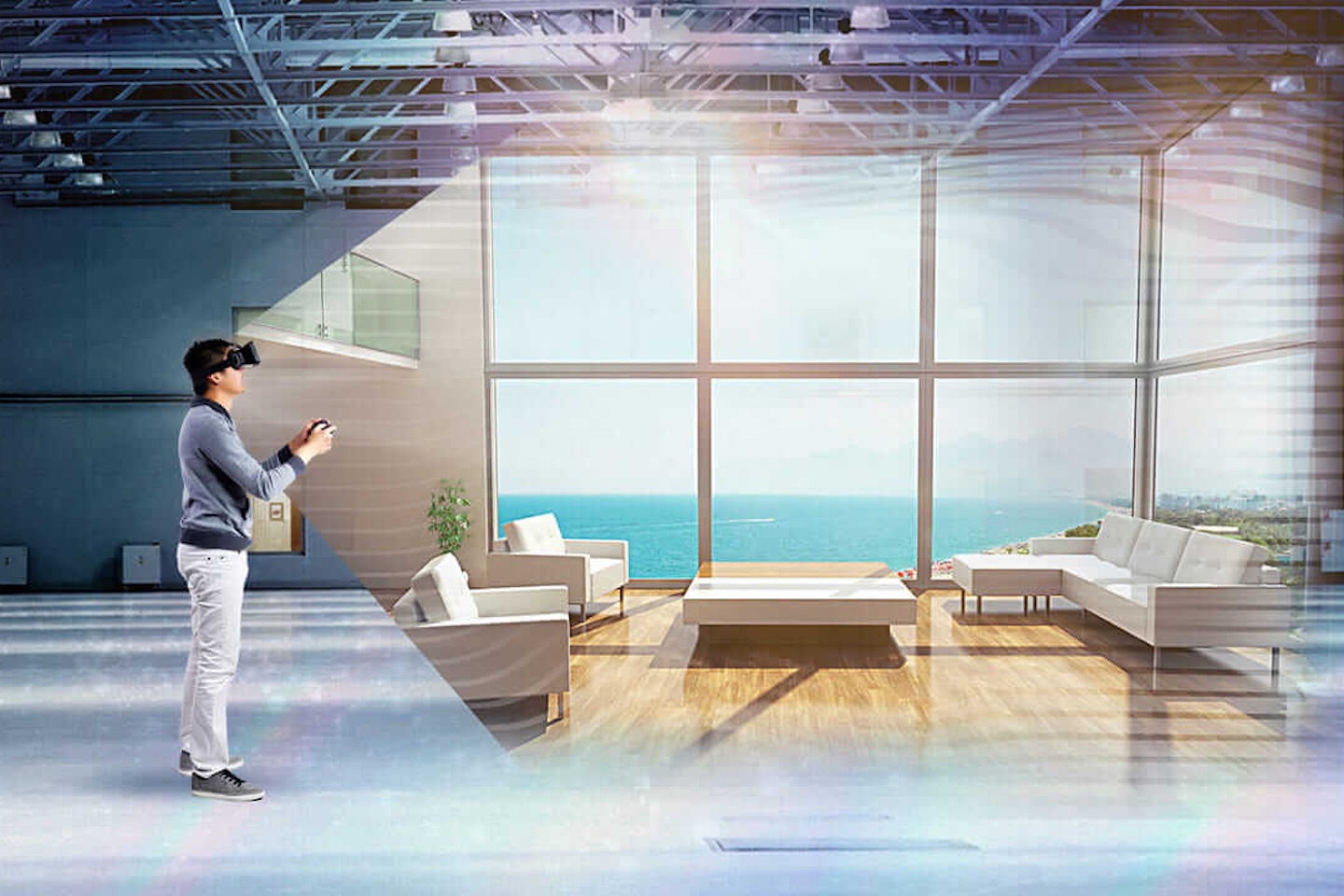
Virtual reality (VR) and augmented reality (AR) are creating a more immersive experience in the world of interior design. With these technologies, homeowners can walk through their potential spaces and make adjustments in real-time. Imagine putting on a VR headset and stepping into your future living room, complete with custom furniture and lighting. VR allows you to experience the scale, colours, and textures of a space in ways that traditional 2D design can’t.
Similarly, AR can overlay design elements onto a real-world space. Apps like IKEA Place allow you to place 3D models of furniture and decor in your room using just your smartphone. This gives you an accurate sense of how new items will look and fit within your existing layout, making it easier to make informed decisions when shopping for furniture.
Smart Homes and the Integration of Tech into Living Spaces
As tech becomes more integrated into our daily lives, smart homes are no longer a distant future—they’re a reality. With smart home devices like Amazon Alexa, Google Home, and smart thermostats, lighting systems, and security cameras, homes are becoming more responsive to our needs. But beyond mere functionality, these devices can now be seamlessly incorporated into your home design.

Smart lighting, for instance, can adapt to different moods and aesthetics. You can program your lighting system to shift between warm and cool tones, depending on the time of day or the atmosphere you want to create. Smart blinds, speakers, and other devices are also being designed with aesthetics in mind, allowing for seamless integration into any style, from minimalist to industrial chic. Shop ecobee.
Sustainability Through Technology
Technology is also paving the way for more sustainable interior design practices. With advancements in 3D printing, designers can create custom furniture and decor using eco-friendly materials. Additionally, AI-powered design tools can optimize layouts for natural light and energy efficiency, reducing the environmental impact of your home.
Many companies are now using technology to reduce waste, such as offering virtual product testing or custom furniture sizing. By embracing these innovations, designers can help homeowners make more eco-conscious choices without sacrificing style. Read A Simple Guide to Eco-Friendly Interior Design.
Virtual Interior Design/eDesign
Virtual interior design, also known as eDesign, has emerged as a revolutionary force in the world of interior design. In today’s digital era, where virtually everything is accessible at the tap of a screen, eDesign brings the expertise of interior designers directly to your fingertips, without the limits of geography. It offers a seamless and convenient way to collaborate with a designer, no matter where you are in the world. Many designers (cough, cough, including myself) offer eDesign services as a more affordable and accessible way to service clientele. Services range depending on the designer. See my services here. Learn more about eDesign here: Read What is eDesign/Virtual Interior Design?
The Future of Interior Design Tech

The marriage of interior design and technology is still in its early stages, but its potential is vast. As AI, VR, AR, eDesign and smart home systems continue to advance, we can expect interior design to become more accessible, personalized, and efficient. Technology allows designers to push boundaries, while homeowners are empowered with tools that make it easier to turn their vision into reality.
In the near future, we might see AI systems that can predict design trends based on user preferences and societal shifts. Virtual design consultations could become the norm, eliminating geographical barriers between designers and clients. As tech evolves, so too will our homes, transforming them into smart, sustainable, and aesthetically stunning spaces.
In short, the future of interior design tech lies in its partnership with the people, and this combination is set to change the way we live and design for the better.
Click Here To Shop My Favourite Home Goods
Let’s design your space together, virtually.

